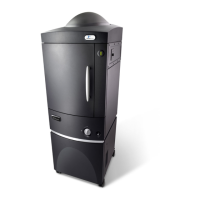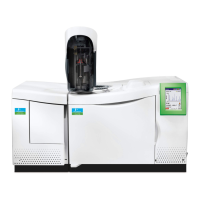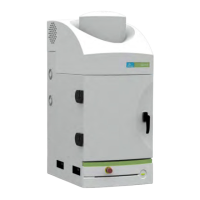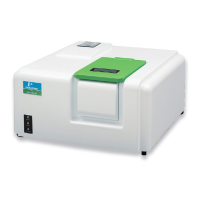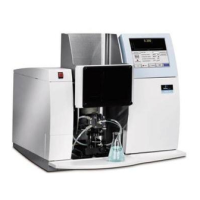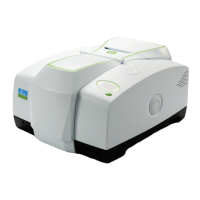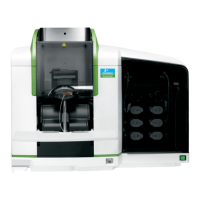50 . Spotlight 150 User's Guide
Common Window Materials
Both liquid and solid samples are often mounted on salt windows. Very thin windows,
1 to 2 mm thick, give the best spectra. The following materials are commonly used in
windows:
• KBr: Potassium bromide is inexpensive, and it transmits infrared radiation to below
400 cm
−1
. The major disadvantage of this material is that it is hygroscopic, so that the
windows fog easily.
• BaF
2
: Barium fluoride is not hygroscopic. Its transmittance cut-off is 750 cm
−1
. It can
break or crack easily.
• NaCl: Sodium chloride transmits infrared down to 600 cm
−1
. Otherwise, its properties
are similar to KBr.
• ZnSe: Zinc selenide is not hygroscopic. Its transmittance cut-off is 650 cm
−1
. ZnSe is
more durable than the other windows but is yellow, so that the live image on the Setup
Instrument Microscope tab appears yellow.
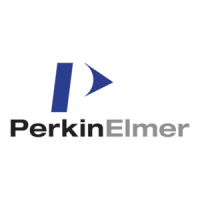
